The Transformative Role of Infrastructure and Connectivity in Mumbai’s Commercial Real Estate Boom
Authored Article by Navya Pahuja, Managing Director and Partner of Shakti Construction
Mumbai, often referred to as the financial capital of India, is renowned for its bustling commercial real estate sector. The city’s skyline is dotted with skyscrapers housing multinational corporations, financial institutions, and commercial hubs. Behind Mumbai’s commercial real estate boom lies a crucial factor: infrastructure and connectivity. In this article, we will explore the transformative role of infrastructure and connectivity in fuelling Mumbai’s commercial real estate growth, examining key developments, challenges, and future prospects.
1. Historical Context of Mumbai's Commercial Real Estate: Mumbai’s commercial real estate sector has a rich history dating back to the colonial era. The city’s strategic location on the western coast of India made it a hub for trade and commerce, attracting merchants, traders, and industrialists. Over the decades, Mumbai evolved into a major financial center, with commercial districts such as Nariman Point, Bandra-Kurla Complex (BKC), and Lower Parel becoming prime business destinations.
2. Infrastructure Development and Connectivity Initiatives:
a. Transportation Infrastructure: Mumbai’s transportation infrastructure plays a pivotal role in its commercial real estate growth. The city is served by an extensive network of roads, railways, and airports, facilitating the movement of people and goods. Key infrastructure projects such as the Mumbai Metro, Mumbai Monorail, Eastern Freeway, and Mumbai Trans Harbour Link (MTHL) have enhanced connectivity and accessibility to commercial hubs.
b. Business Districts and Special Economic Zones (SEZs): The development of dedicated business districts and SEZs has been instrumental in Mumbai’s commercial real estate boom. Areas like BKC, Saki Naka in Andheri East, and Powai have emerged as prominent commercial corridors, offering modern office spaces, retail complexes, and commercial amenities. SEZs such as the International Infotech Park in Navi Mumbai have attracted multinational companies and IT firms, driving demand for commercial real estate. c. Port and Logistics Infrastructure: As a major port city, Mumbai’s port and logistics infrastructure are critical for its commercial real estate sector.
The Jawaharlal Nehru Port Trust (JNPT) and Mumbai Port handle a significant portion of India’s maritime trade, driving demand for warehousing, logistics, and industrial properties in the surrounding areas. The development of integrated logistics parks and industrial clusters has further spurred commercial real estate growth.
3. Impact on Commercial Real Estate:
a. Demand for Grade-A Office Spaces: Infrastructure improvements and connectivity enhancements have fuelled demand for Grade-A office spaces in Mumbai’s commercial real estate market. Multinational corporations, financial institutions, and IT companies are increasingly seeking modern, well-equipped office spaces in prime locations with excellent connectivity to transportation hubs and business districts.
b. Rise of Mixed-Use Developments: The integration of commercial, residential, and retail components in mixed-use developments has become a prominent trend in Mumbai’s commercial real estate sector. Developers are capitalizing on the city’s infrastructure improvements to create vibrant, self-contained communities offering live-work-play environments.
c. Expansion of Peripheral Markets: Infrastructure-led growth has spurred the expansion of commercial real estate into peripheral markets and suburban areas of Mumbai. Regions like Thane, Navi Mumbai, and Goregaon have witnessed significant commercial development, driven by improved connectivity, lower land costs, and the availability of skilled talent. These emerging markets offer opportunities for investors and developers seeking alternative commercial destinations.
4. Challenges and Future Prospects: a. Infrastructure Bottlenecks: Despite significant progress, Mumbai’s infrastructure still faces challenges such as congestion, inadequate public transportation, and environmental concerns. Addressing these bottlenecks will be crucial for sustaining the city’s commercial real estate growth and attracting investment in the long term. b. Transit-Oriented Development (TOD): Transit-oriented development (TOD) initiatives hold promise for integrating transportation infrastructure with commercial real estate development. Projects like the Mumbai Metro Line 3 and Mumbai Coastal Road aim to promote TOD principles, creating walkable, mixed-use neighbourhoods around transit stations. c. Future Infrastructure Projects: Mumbai’s commercial real estate sector is poised for further growth with the implementation of upcoming infrastructure projects. The Mumbai-Ahmedabad High-Speed Rail, Mumbai Coastal Road, and Mumbai-Nagpur Expressway are expected to enhance connectivity, stimulate economic activity, and unlock new commercial opportunities. Infrastructure and connectivity are driving forces behind Mumbai’s commercial real estate boom, shaping the city’s skyline and economic landscape.
From transportation infrastructure and business districts to mixed-use developments and peripheral markets, infrastructure-led growth has transformed Mumbai into a dynamic commercial hub. As the city continues to evolve, addressing infrastructure challenges and embracing sustainable development practices will be essential for sustaining its commercial real estate momentum and positioning Mumbai as a global business destination.






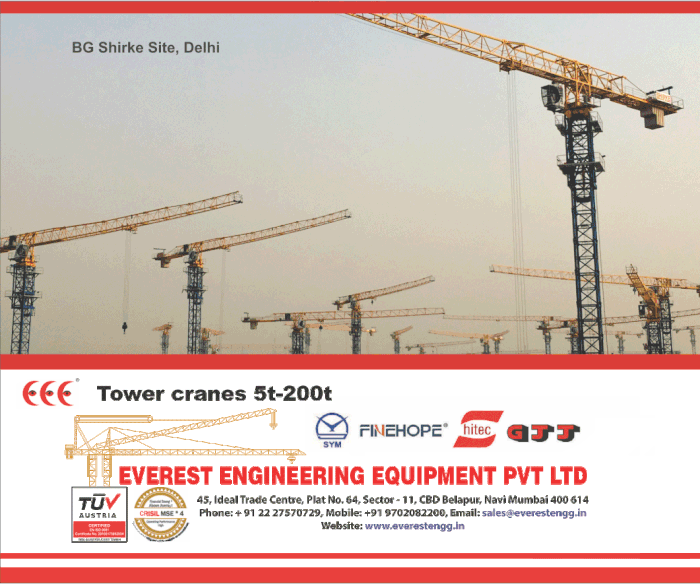


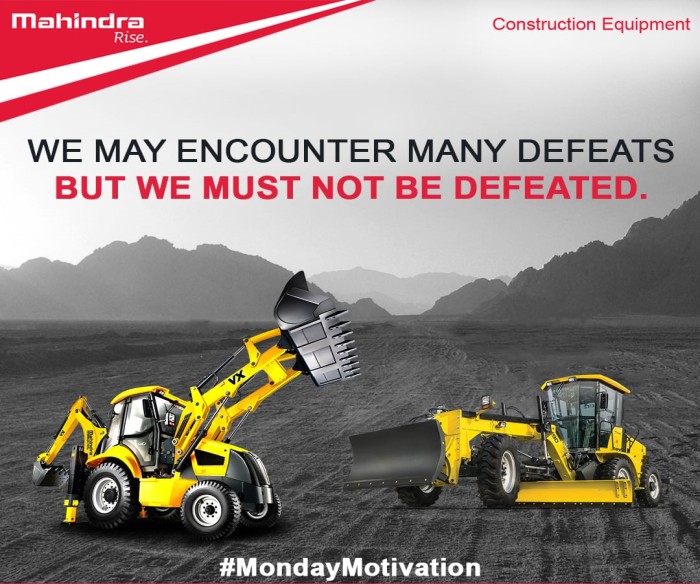
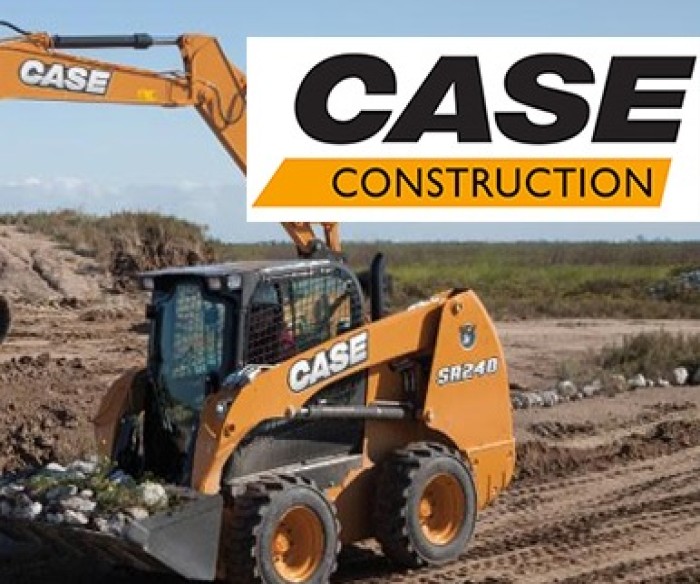
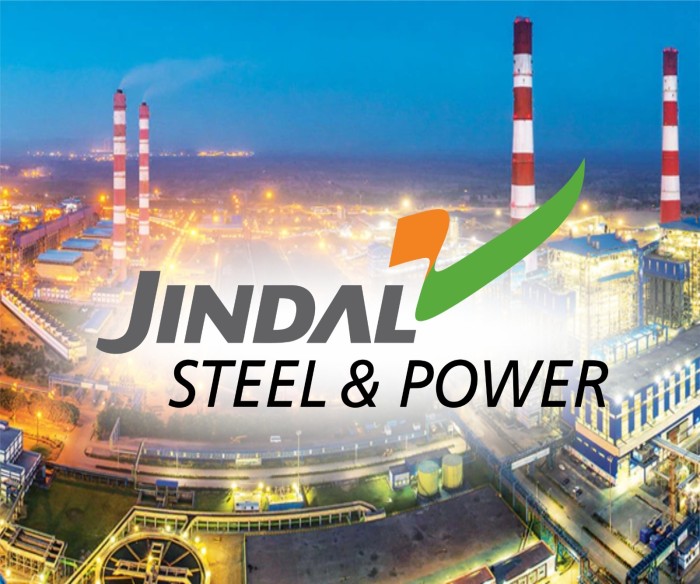
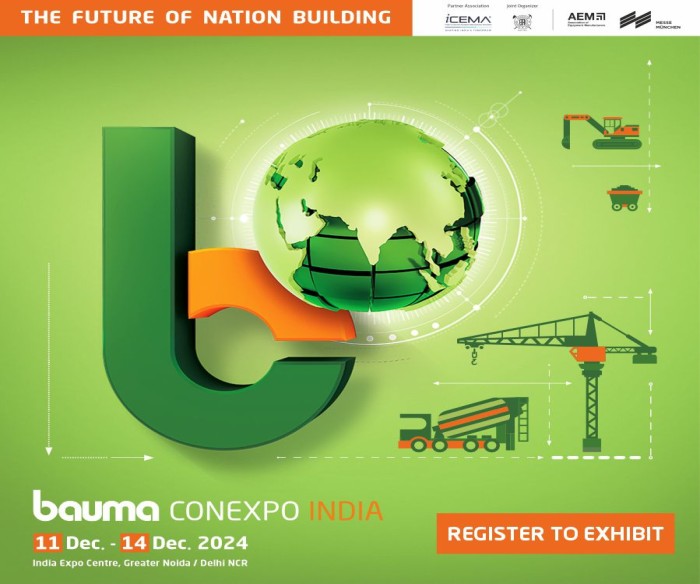

Leave a comment